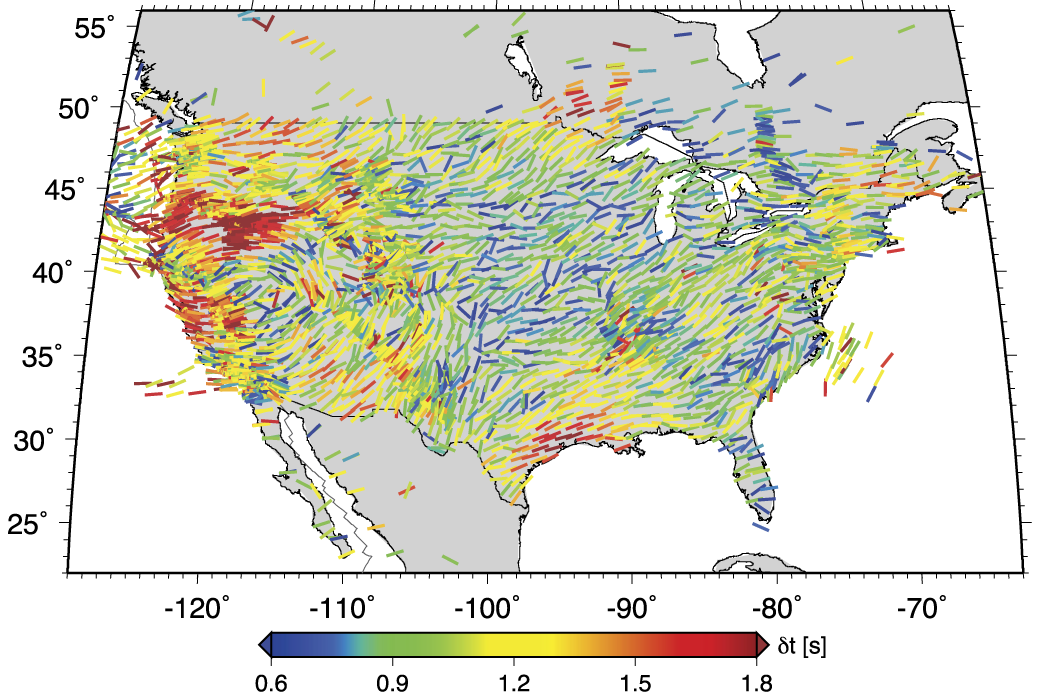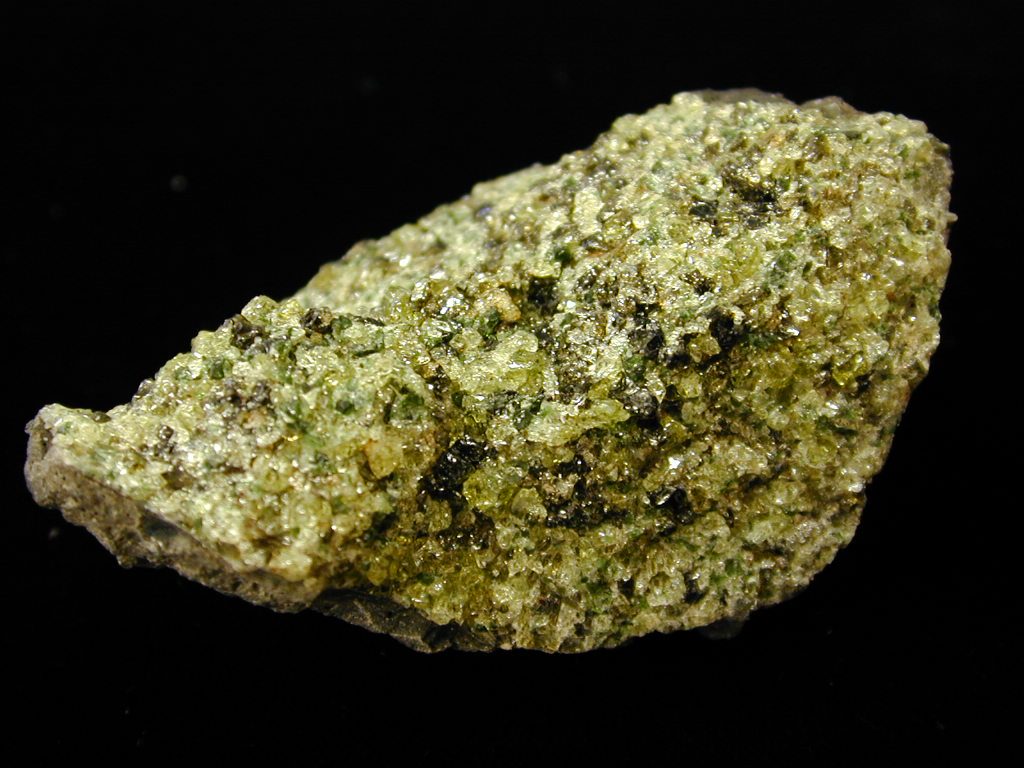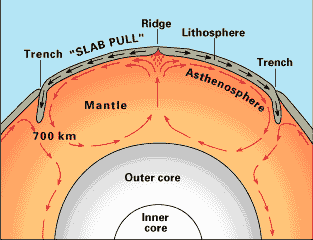
The North American plate is a medley of geological parts that protrude into Earth’s mantle like tree branches frozen into the surface of an iced-over lake. Research from The University of Texas at Austin has proposed a new method to map these ‘frozen-in’ layers of the tectonic plate and reveal how it interacts with the upper mantle.
The study, which was published in May in the journal Earth and Planetary Science Letters, is the first scientific paper from Wanying Wang, a graduate research assistant at the University of Texas Institute for Geophysics and doctoral student at the UT Jackson School of Geosciences. Wang said her work is important because it describes the fundamental rules that govern the Earth’s internal dynamics and will help scientists better understand the tectonic processes that have shaped North America.
“If you want to understand basic plate tectonics it is important to understand how mantle dynamics and the lithosphere work together,” said Wang.

The paper focuses on a property of the Earth’s interior called seismic anisotropy. This property gives the upper mantle, when imaged with seismic waves, a certain texture, or “grain” that reveals its internal flow. The mantle’s grain is determined by the alignment of a mineral called olivine. The details of how olivine aligns in the mantle were explored in early laboratory work by Jackson School research engineer James Buttles.
Wang and co-author Thorsten Becker tested several computer simulations of mantle flow and found a match with observations from USArray – a massive cross-continental effort to map the interior of the Earth beneath North America – but only when their models included a previously theorized “frozen-in” layer of old mantle.
“Our models demonstrate reasonable evidence for the presence of a frozen-in upper mantle layer within the lithosphere,” said Wang. “This is important because this layer contains information about past tectonic events and interactions between lithosphere and upper mantle.”
According to the paper, the bottom of the North American plate is like the underside of a frozen lake with remnants from the mantle –some new, some ancient— cemented into the lithosphere. Frozen into these remnants are mineral “branches” carrying information about ancient tectonic events.
Wang said that although this frozen-in layer has been theorized and partly studied before, this is the first time it has been demonstrated on a continental scale using models of the upper mantle. By matching their models with real-world observations their work also supports existing theories about the geological evolution of the North American plate.
Wang also said that what their study does well is to demonstrate a direct connection between flow dynamics and the interaction between the mantle and lithosphere, a finding that can aid research into tectonic processes across the globe.
“We can apply the same rules to other continents,” she said. “This will help us better understand all of the Earth’s tectonic processes.”
The research was supported by the National Science Foundation and used seismic data from USArray. Mantle simulations were conducted using supercomputers at the Texas Advanced Computing Center.

HOW DOES SOLID ROCK FLOW?
Although we talk about mantle ‘flow’, the Earth is in fact solid almost all the way to the core. The mantle itself is the solid bulk between the thin crust and the hot molten core that makes up most of the interior, while the lithosphere is the thin, rigid shell that also includes the crust. Although most of the mantle is solid rock, heat from the interior causes it to flow very slowly like tree resin. This drives the movement of tectonic plates which shapes the Earth’s continents and oceans and is believed to be responsible for making our planet habitable.
